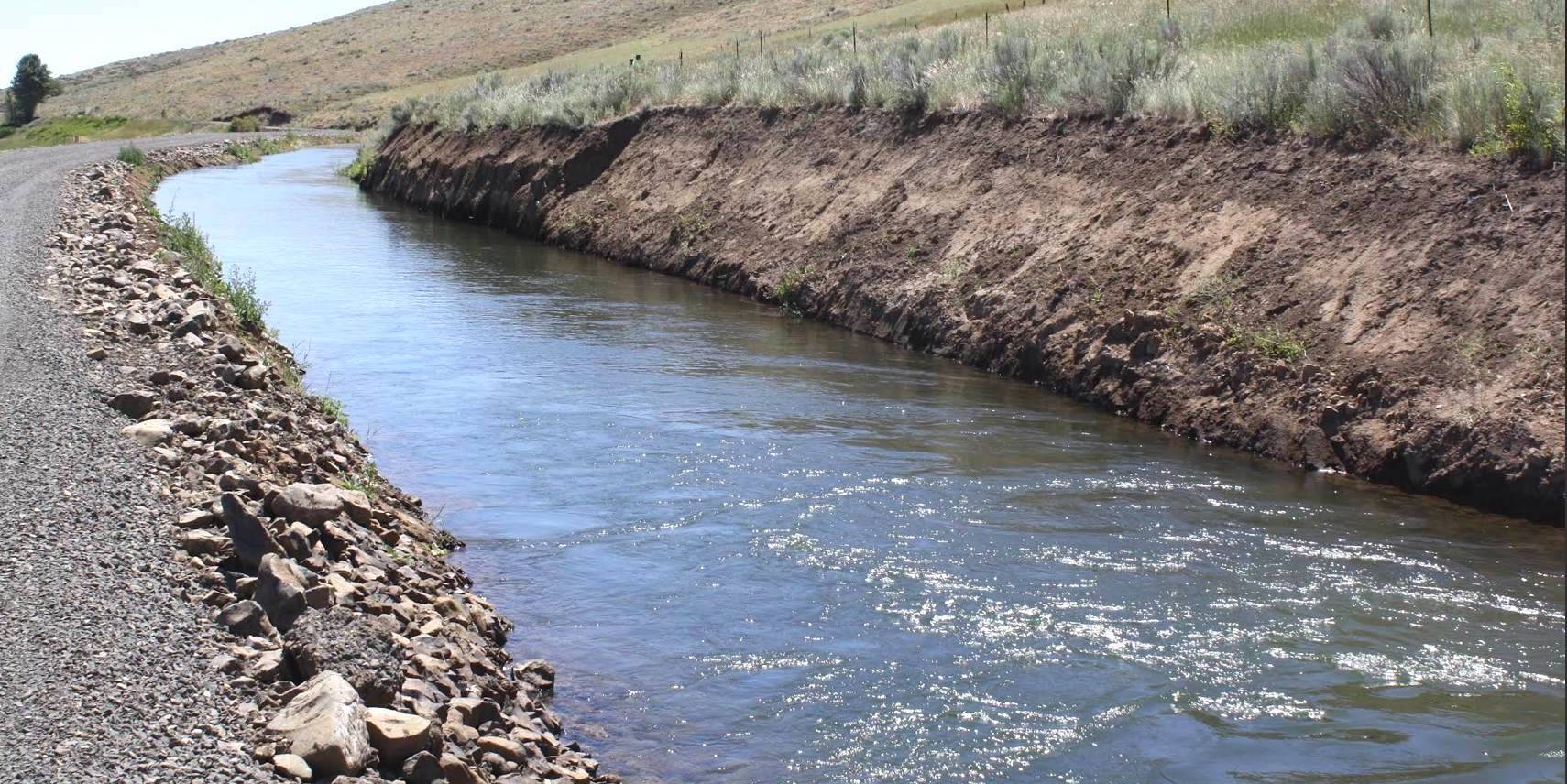Final plans approved to pipe canals at two irrigation districts
Published 9:51 am Tuesday, July 28, 2020

- The East Fork Irrigation District in Hood River, Ore., will convert its system of canals to underground pipes as part of a water efficiency and savings project, funded in part by the federal Watershed Protection and Flood Prevention program.
Two irrigation districts in Oregon are moving forward with projects to convert open canals to more efficient pipelines, benefiting both farmers and native fish and wildlife species.
Trending
The USDA Natural Resources Conservation Service has approved final plans and environmental analysis for the East Fork Irrigation District in Hood River and Central Oregon Irrigation District in Redmond, making them eligible for federal assistance from the Watershed Protection and Flood Prevention Program.
The announcement comes as more than 90% of Oregon is now in some stage of drought, including extreme drought in the central and southern parts of the state.
By converting 56 miles of canals to underground pipes, the East Fork Irrigation District estimates it will save 5,287 acre-feet of water every year. An acre-foot is enough to cover 1 acre of land with 1 foot of water, or an area roughly the size of a football field.
Trending
Seventy-five percent of the saved water will be kept in-stream during the irrigation season, boosting streamflows for migratory salmon and steelhead.
The East Fork Irrigation District serves 936 customers and 9,494 acres of farmland. Water comes from melting snow off the northeast slopes of Mount Hood into the East Fork Hood River. The system has no reservoirs, relying entirely on Mother Nature.
District Manager John Buckley said they began planning to modernize the system five years ago. Open canals can lose water due to leaks, seepage and spills, whereas underground pipes will help utilize irrigation supplies more efficiently.
That is especially important as the region has experienced drought in recent years, Buckley said, with less snow falling at lower elevations of Mount Hood.
“Right now, we are just getting by,” Buckley said. “Part of our issue is, the last three or four years, we have not had a significant amount of snowfall on the mountain.”
Buckley said the district will likely begin converting the first 10-mile stretch of canals and laterals, known as the East Side Lateral Pipeline project, in November. Future phases of work will cover the Main Canal and Dukes Valley Canal.
The total price tag for all 56 miles is estimated at $67 million, with $29.5 million from the Natural Resources Conservation Service. The district has also partnered with the Bonneville Power Administration, Confederated Tribes of Warm Springs, Farmers Conservation Alliance, Energy Trust of Oregon and Hood River Watershed Group — a non-governmental organization focused on improving water quantity, quality and fish habitat.
Cindy Thieman, watershed coordinator for the Hood River Watershed Group, said spring chinook spawn in the East Fork Hood River in August, when streamflows are lowest. Allocating more water in-stream will help the species, in addition to the underground pipes maximizing water deliveries for farms.
“These are really win-win projects,” Thieman said.
The NRCS administers the Watershed Protection and Flood Prevention Program, which has funded 108 projects in 27 states and the Mariana Islands from 2017 to 2019. The program aims to fix watershed problems at the local level, such as water supply, water quality, erosion and sediment control and habitat enhancement.
But to access the money, districts must first complete individual watershed plans that have to be approved by the NRCS.
Members of the Deschutes Basin Board of Control, composed of eight irrigation districts in Central Oregon, are also pushing to develop watershed plans with the NRCS that call for piping their their canals. This comes after several of the districts settled an environmental lawsuit in 2015 over the threatened Oregon spotted frog.
The Central Oregon Irrigation District became the latest to cross the finish line, joining the Tumalo and Swalley irrigation districts. It plans to pipe 7.9 miles of its canals and laterals as part of the Smith Rock-King Way project, saving 9,392 acre-feet of water annually.
Saved water will pass to the neighboring North Unit Irrigation District during the irrigation season for agricultural use. In return, the North Unit Irrigation District will release an equal volume of water into the Deschutes River from Wickiup Reservoir for fish and aquatic species.
The Smith Rock-King Way project is expected to cost $42.3 million, with $29 million from the NRCS.
Margi Hoffman, with the Farmers Conservation Alliance, said irrigation modernization in the region has been a collaborative effort on the part of districts as well as state and federal agencies. She praised Congress for reauthorizing the Watershed Protection and Flood Control Program, saying the investment of federal dollars is a critical part of creating resilient farms and ranches.
“In this year and in future years, these water conservation projects are imperative for the health of our agricultural economy and our environment,” Hoffman said. “With increasing pressure on scarce water resources, there is no more important investment that irrigation districts could be making at this time.”







